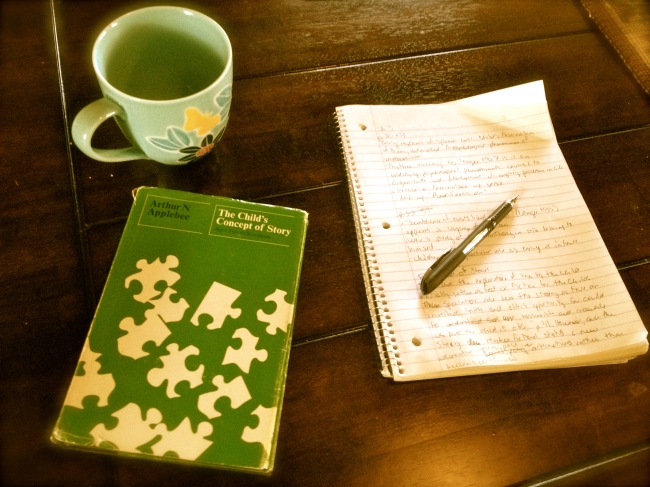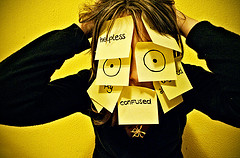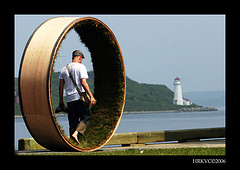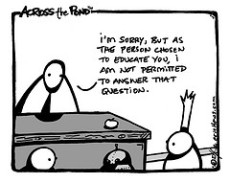If you told your story through the stories you have read, how might it go?
Below is a Three Book Autobiography by Sarah Worland. Sarah is a university student studying literature and psychology. I met her through the nonprofit work I do with my family. She is wonderful, smart, witty, and loves others. She has her own blog, and I suggest you check it out.
The only time I’ve ever been grateful for standardized testing was in the eighth grade. Why? It gave me the opportunity to read Ella Enchanted for the first time. Few books continuously capture my imagination as intimately as this book. I love it more now as a twenty year old college student than I did as a thirteen year old middle school student. This is a novel that grows with me: Ella’s spunk, courage, and determination inspired me and now encourage me to live life to the fullest and not allow anything to hold me back. Gail Carson Levine’s book taught me I’m never too old for a fairytale.
Just about everyone reads The Great Gatsby in high school. Just about all of my friends hated it. Not me. I’ve read Fitzgerald’s masterpiece three times now, and each time, I learn something new. This novel captures the essence of literature in my mind – it is the very reason for my great love affair with libraries, book stores, and Amazon.com. I might call Gatsby an onion, if I’m bold enough to use that cliché (and I am). I peel back a new layer of historical, character, or style analysis during each re-read. This book represents an unending mystery, a trove of unexplored paths to greater knowledge and understanding.
Clocking in at the most read book in the world, The Bible is the most influential tome on my bookshelf. As the earliest source of stories I can remember reading, I’ve progressed over the years from “graphic novel” Bible to “teen” Bible to “adult leather-bound” Bible. Call me crazy, and some people have, but this book is alive. It speaks to me; it teaches me; it corrects me; it inspires me. God’s words shape the deepest part of who I am; through them, I hear His voice and feel His love.
I want to learn about you and from you. I’m curious, what are your three stories?







